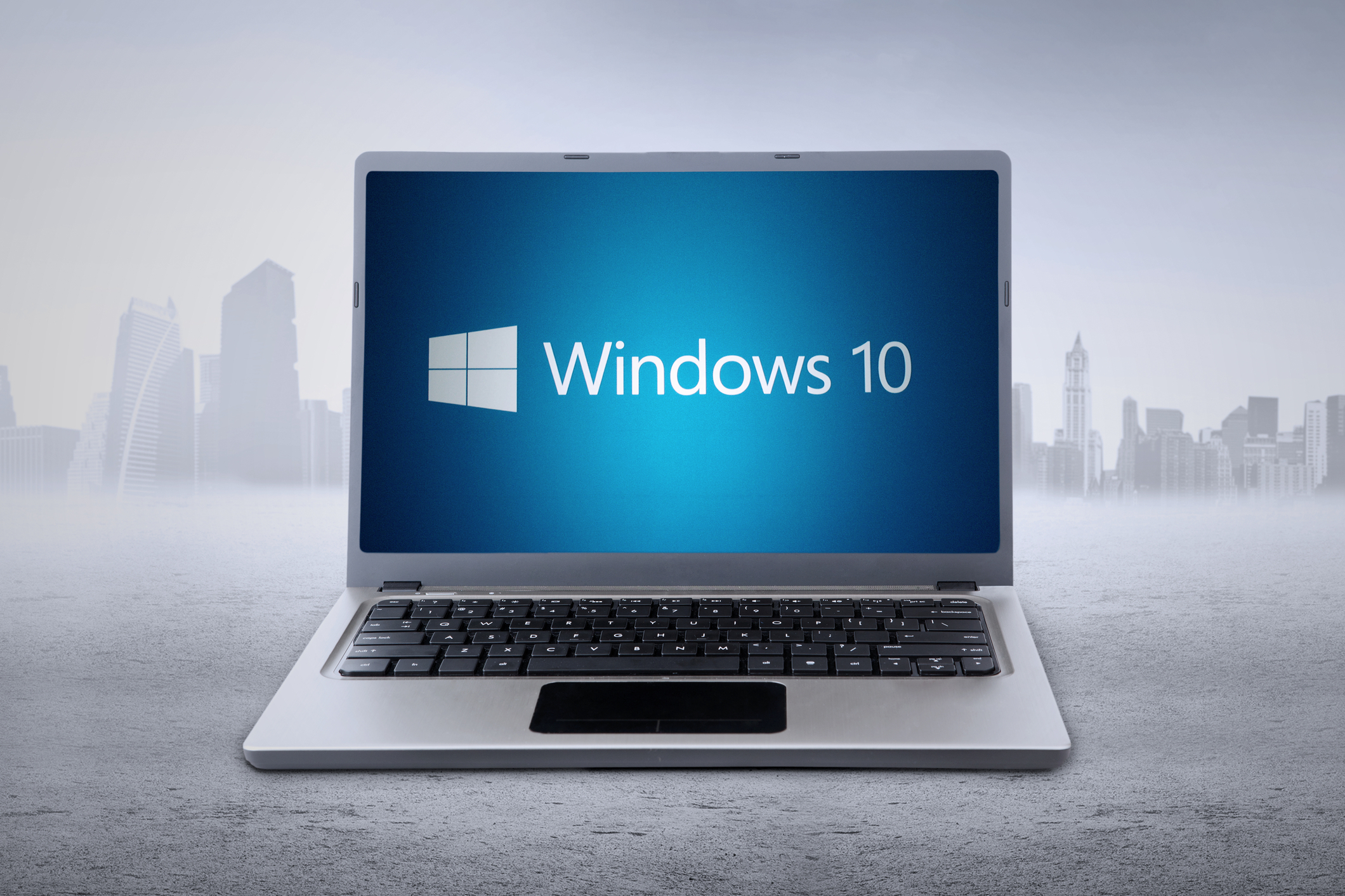Top Stories
Nearly Half of PCs Still Run Windows 10 as Support Ends Soon

Almost half of all personal computers are still operating on Windows 10, despite the imminent end of support for the operating system occurring in just over a month. According to executives from Dell and HP, the transition to Windows 11 is ongoing but has yet to reach previous upgrade rates. The companies indicated that the upgrade cycle is expected to continue through 2026, particularly in enterprise environments.
In recent earnings calls, HP CEO Enrique Lores noted, “When we look at the total conversion, we are behind what we have been in other years.” He emphasized that upgrades in the small and medium business (SMB) sector are taking longer, with many such customers likely to purchase the 12-month Windows 10 Extended Security Updates (ESU) offered by Microsoft before making the switch. The ESU program is available in annual increments until October 2028, with costs starting at $61 per device for the first year and escalating to $244 by the third year.
Research from Gartner indicates that tight budgets and insufficient benefits from the upgrade are significant factors keeping SMBs from transitioning to Windows 11. Ranjit Atwal, research director at Gartner, remarked that many businesses will gradually adopt Windows 11 over the next year while utilizing Microsoft’s extended support.
As the transition to new operating systems unfolds, demand for AI-enabled PCs is also increasing. HP’s consumer PC shipments grew by 8% in the third quarter of 2025, while commercial PC shipments rose by 3% compared to the same period last year. Lores stated that AI PCs constituted approximately 25% of HP’s sales mix, outperforming expectations. Meanwhile, Dell reported a 7% decline in consumer revenue, although it generated higher profits from increased PC prices.
Looking ahead, Dell Vice Chairman and Chief Operating Officer Jeff Clarke projected moderate growth driven by the aging installed base of PCs and the impending end of support for Windows 10. He pointed out that hundreds of millions of PCs cannot run Windows 11, suggesting there remains an opportunity for upgrades among those devices.
According to data from IDC, global PC shipments rose by 6.5% year-over-year in the third quarter of 2025. However, Dell’s shipments decreased by 3.2%, placing it behind Lenovo and HP in terms of market performance. Clarke acknowledged the potential for enterprise AI servers with Nvidia GPUs but did not emphasize AI PCs during the call, unlike HP, which highlighted this as a crucial growth area.
The market for AI PCs is projected to expand significantly, with Gartner estimating shipments to reach 77.8 million units this year, representing 31% of the global PC market. By 2026, shipments are expected to double to 143 million units, accounting for over half of total PC sales. Atwal noted that while many AI benefits can still be realized on non-AI PCs, future software advancements will increasingly leverage on-device AI processing.
As PC prices continue to rise, Lores indicated that AI PCs certified as Copilot+ by Microsoft are priced approximately 5% to 10% higher than their non-AI counterparts. This increase is compounded by tariffs on imported goods, particularly affecting PCs manufactured in China. According to Jitesh Ubrani, research manager at IDC, companies are facing additional costs associated with relocating production to avoid these tariffs. He stated, “There are costs associated with moving the supply chain, and these impact profitability for these companies.”
HP and Dell have previously mitigated tariff impacts through inventory management and shifting production to countries with lower tariffs. However, according to Atwal, these strategies are no longer viable, necessitating price increases to compensate for remaining tariff impacts. Trade-related costs have prompted HP to relocate production to the US, Thailand, Mexico, and Vietnam, while Dell is also investing in new production sites.
As the PC landscape continues to evolve, the combination of operating system transitions, AI technology integration, and pricing pressures will significantly shape the market in the coming years.
-

 World4 months ago
World4 months agoTest Your Knowledge: Take the Herald’s Afternoon Quiz Today
-

 Sports4 months ago
Sports4 months agoPM Faces Backlash from Fans During Netball Trophy Ceremony
-

 Lifestyle4 months ago
Lifestyle4 months agoDunedin Designers Win Top Award at Hokonui Fashion Event
-

 Entertainment5 months ago
Entertainment5 months agoExperience the Excitement of ‘Chief of War’ in Oʻahu
-

 Sports4 months ago
Sports4 months agoLiam Lawson Launches New Era for Racing Bulls with Strong Start
-

 World5 months ago
World5 months agoCoalition Forms to Preserve Māori Wards in Hawke’s Bay
-

 Health4 months ago
Health4 months agoWalking Faster Offers Major Health Benefits for Older Adults
-

 Lifestyle4 months ago
Lifestyle4 months agoDisney Fan Reveals Dress Code Tips for Park Visitors
-

 Politics4 months ago
Politics4 months agoScots Rally with Humor and Music to Protest Trump’s Visit
-

 Top Stories5 months ago
Top Stories5 months agoUK and India Finalize Trade Deal to Boost Economic Ties
-

 Health2 months ago
Health2 months agoRadio Host Jay-Jay Feeney’s Partner Secures Visa to Stay in NZ
-

 World5 months ago
World5 months agoHuntly Begins Water Pipe Flushing to Resolve Brown Water Issue









